In conversation with Coach's Stuart Vevers
How the creative director of Coach has masterfully reinvented the image of the American brand
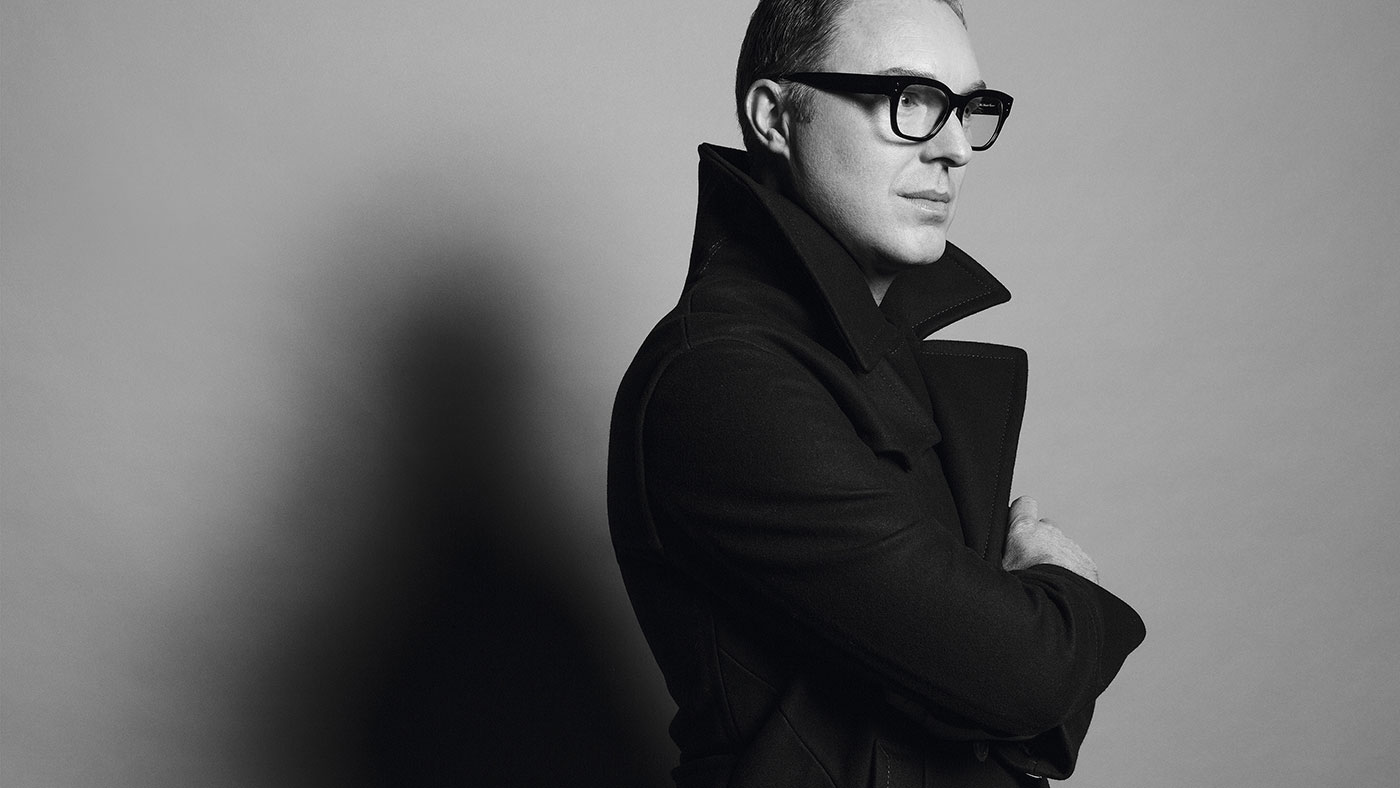
It may come as little surprise to learn that ‘young money’ is pushing the luxury fashion industry. More interesting is the accelerated pace at which it is doing so. New research carried out by the Boston Consulting Group (BCG) – a leading international management consulting firm – in collaboration with Altagamma, Italy’s luxury industry association, shows that millennials make up 32% of the global personal luxury market and that is set to rise to 50 per cent by 2025. Their offspring, Generation Z – those born from 1995 onwards – are also strengthening their position: BCG estimates that their spending power in luxury retail, which currently stands at four per cent, will double in the next six years.
If you’re a Gen X-er or a baby boomer, you haven’t been forsaken: your pound is still very much prized, but increasingly you’re spending it on a fresh new image geared towards a younger breed of consumer, as marketers focus their attention on the shifting sands of digital consumerism and offline-to-online experiences in high-end retail. In a nutshell, then, luxury brands must be proactive in order to synthesize their name with a sense of creativity and individualism to match modern mindsets, but anything contrived just won’t cut it. As Keith Richards famously said, “If you gotta think about being cool, you ain’t cool.”
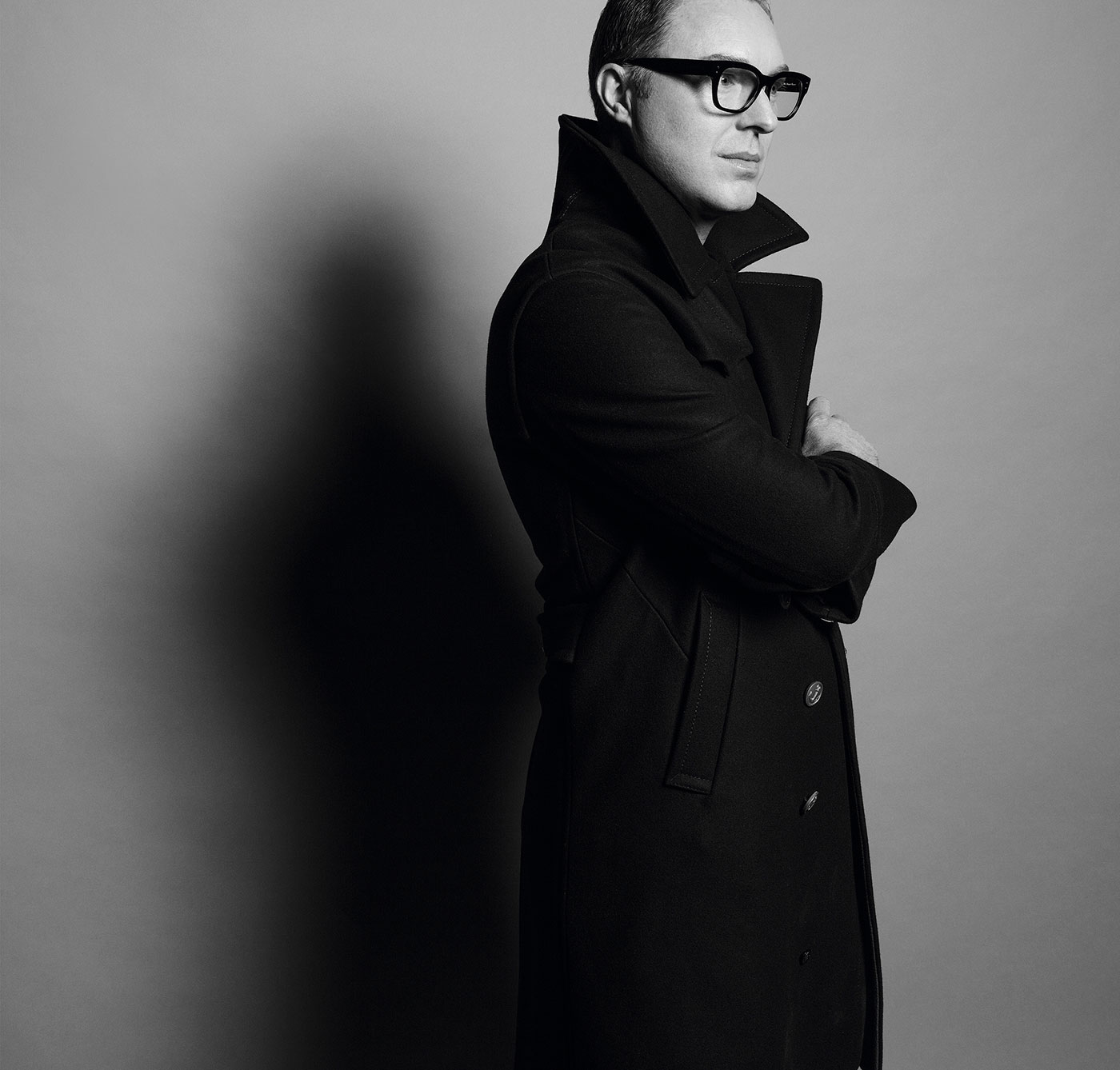
Ask Stuart Vevers, the British creative director behind American label Coach, how he managed to turn an unremarkable luxury leather-goods house into a hip commercial powerhouse and you get the sense that he shares Richards’s penchant for plain-speaking. “You should never underestimate your client,” he replies. “For me, it’s about playing with new ideas and seeing what consumers respond to.”
The Week
Escape your echo chamber. Get the facts behind the news, plus analysis from multiple perspectives.

Sign up for The Week's Free Newsletters
From our morning news briefing to a weekly Good News Newsletter, get the best of The Week delivered directly to your inbox.
From our morning news briefing to a weekly Good News Newsletter, get the best of The Week delivered directly to your inbox.
While this ‘put-it-to-the-people’ philosophy has undeniably worked in his favour, Vevers has modestly omitted the very talent that facilitates it: the quiet, Doncaster-born designer is known for his item-driven approach – products that you can build a whole wardrobe around, that create a buzz on social media, and that lead the way for the rest of his collections, which carry similar tropes and insignia. Through his designs, the 45-year-old has devised his own spin on classic Americana, which he once described as a road trip of cultural references assembled by an outsider. His aesthetic fizzes with enthusiasm, fun and a carefree spirit, although all routes subtly lead back to Coach’s New York heritage, a brand that was founded in 1941 on Manhattan’s famous 34th Street.
But more on this later. I meet the designer at the marque’s HQ at Hudson’s Yard, a gleaming new development in Manhattan’s Far West Side that is home to Tapestry, Coach’s nascent parent company, which also owns Kate Spade and Stuart Weitzman. The offices occupy 11 floors of the state-of-the-art No 10 building, the first skyrise to be completed in the complex, which boasts sweeping views of the river and the High Line, an elevated railway track-turned-public park where Vevers staged the house’s very first New York Fashion Week runway show in September 2015.
The lobby serves as an impressive brand showcase that features a giant video screen and a supersize product library with hundreds of handbags from past times to present – a stylish if intimidating gallery space that speaks of strength and a strong New York attitude. Indeed, the dominant corporate atmosphere of this entrance is all the more thought-provoking given that I’m about to meet a Yorkshireman from a working class family who has become what many have dubbed the ‘golden boy’ of American design. Vevers, tall and youthful-looking with a short crop of blond hair, is a man who favours a simple dress code when it comes to his own style. His look is professional, non-branded and relaxed, like an architect. Today, alongside his favourite black rectangular-framed glasses, he wears dark denim and a plain black sweater.
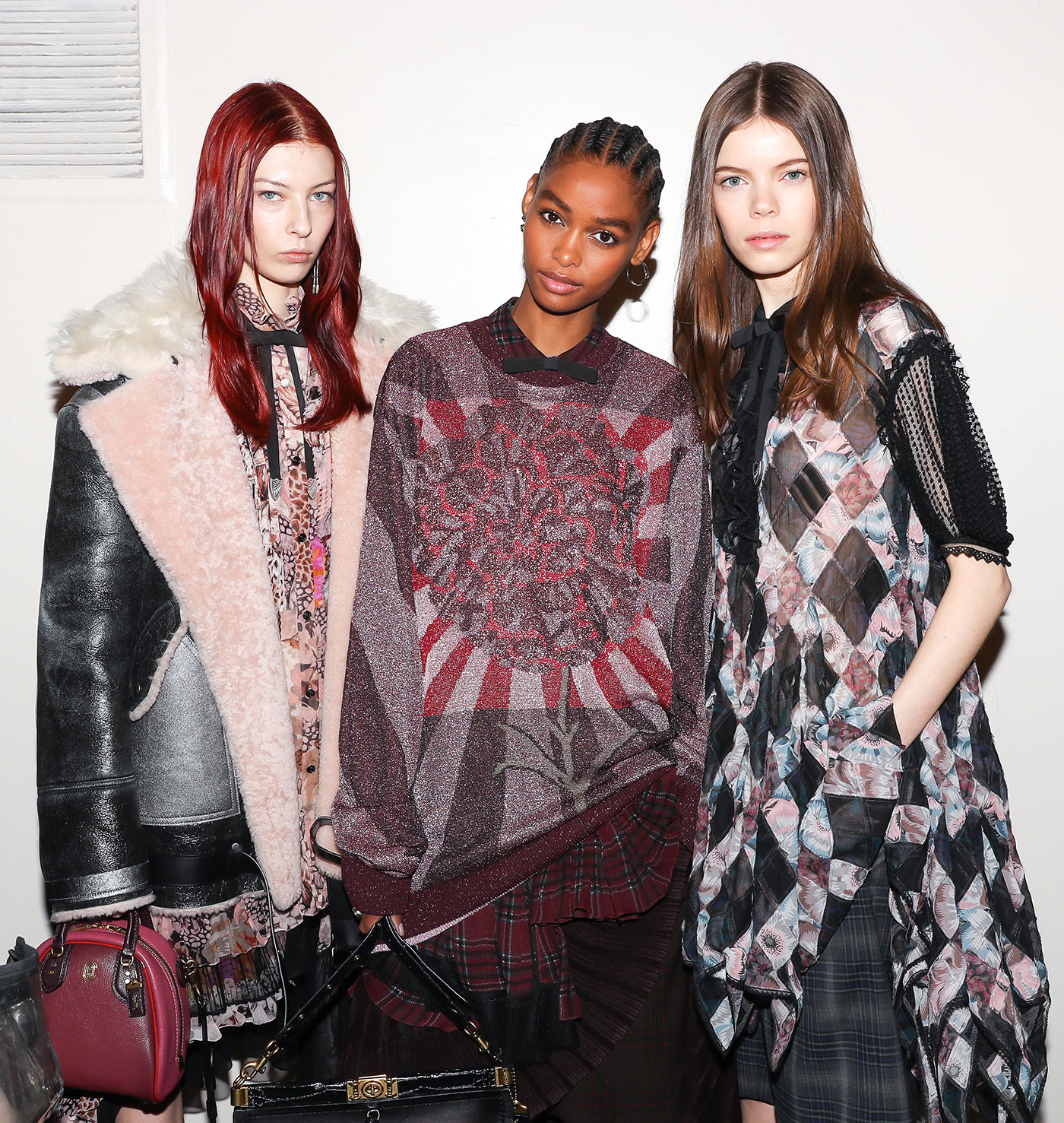
Yesterday, Coach’s AW19 show was staged at the American Stock Exchange Building, and the designer looks decidedly mellow as he welcomes me into the golden-hued showroom, where yesterday’s psychedelic catwalk looks hang languidly on rails veiled in sheets of protective plastic. “I started this season playing with colour, so I began digging through my library at home and found Kaffe Fassett’s book,” says the designer in a soft Yorkshire accent with transatlantic tinges, which are most noticeable when he occasionally ends a sentence with a telltale rising inflection. “I loved how he spoke about the power of colour and how it can influence our emotions in a positive way. There was something that really touched me, and eventually we ended up working together. Even talking about him actually makes me a little bit choked up.”
A free daily email with the biggest news stories of the day – and the best features from TheWeek.com
If he felt an instant connection to Fassett, it could be because Vevers, too, is a purveyor of optimism. And it’s perhaps this sentiment, rather than anything purposefully ‘youthful’, that appeals to a younger segment of shoppers. “A lot of collaborations today are about capturing a ‘youth spirit’, tapping into a different energy, but I thought there was something special about this connection with Kaffe because it felt very different,” explains Vevers of this rather unusual pairing with the 81-year-old artist, who is considered a legend in the world of decorative arts. “The clothes definitely have a youthful attitude, but [his legacy] sets up an interesting tension. The idea of two worlds coming together to create something new was something that interested us both.”
It’s fair to assume that for many – millennials and others – Vevers’ AW19 collection serves as an introduction to Fassett’s kaleidoscopic aesthetic. And yet, the collection – for men, a chequered mix of skater-inspired casuals; for women, a mad mix of prismatic florals, geometric clashes and trippy swirls – looks fresh and modern with just the right amount of retro SoCal attitude.
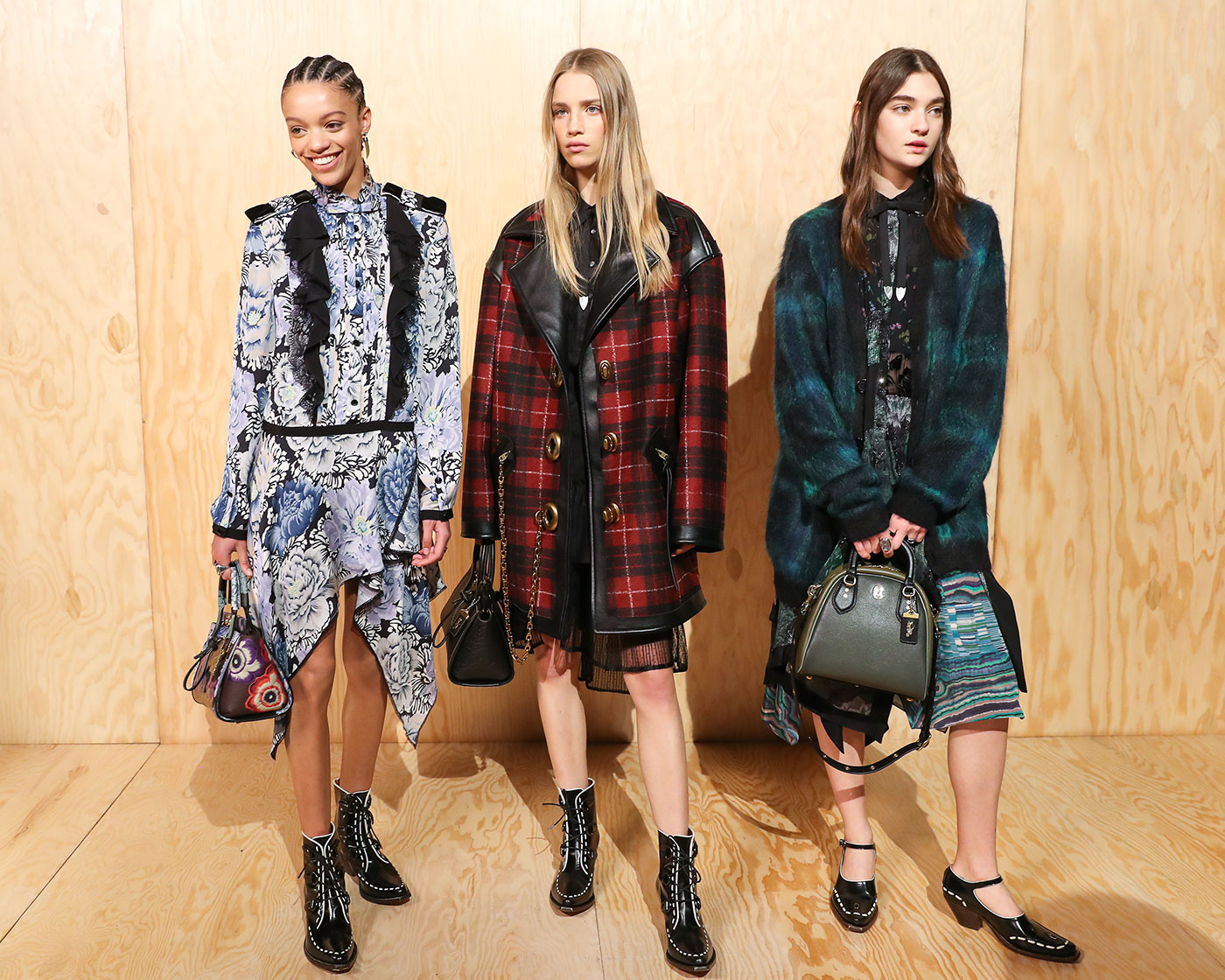
The designer’s collections for Coach draw from a scrapbook of cultural references about America, romanticised since childhood. His is an expat’s vision of US nostalgia; a pick ‘n’ mix of his favourite bits drawn from cinema, photography, fashion, music and, of course, cartoons: there have been a number of Disney limited editions, including a recent Dumbo range with the cute elephant emblazoned on bags, accessories and apparel, while playful logos, motifs and whimsical patches – from spaceships to dinosaurs – have been an integral part of Vevers’ laboratory of ideas since he collaborated with illustrator Gary Baseman for his Spring 2015 collection.
“People are always curious about the Disney collaborations: they tend to assume it’s a strategy thing. The truth is, I just love Disney. I went [to Disney World] last summer with my two godchildren, which was the first time I’d been with kids, and it was so fun and so different. It’s usually me who’s the big kid. So, for me, collaborations come about very organically. I think you just have to have a very strong point of view to [implement] them.”
‘Prairie girl’ floral dresses and chunky outerwear have become something of a Coach signature under Vevers’ custodianship, especially shearling coats, colourful lumberjack pea jackets, reconfigured Perfectos and heavy patchwork army parkas. But the Yorkshireman’s grasp of Americana stretches far and wide: there’s a thrifty edge to his latest collection, but in the past influences have been as disparate as Elvis, The Beach Boys, the Moon landing, the Wild West, American gothic, ’70s Woodstock, and recently Santa Fe’s Ghost Ranch – themes that he ineffably translates into highly practical and wearable pieces that somehow skew East Coast allure. “New York is such an important part of what Coach is,” explains the designer. “I reference many different parts of America, but I always end up here, because this is where the brand was born. Some of that NYC grit becomes part of the collection. I always imagine the Coach guy and girl back in New York, putting their luck together.”
Luck in Vevers’ case has had little to do with his success: it’s all down to hard work. In the industry, he’s considered to be something of a fashion fusionist, creating commercially robust collections that are nonetheless highly creative with a strong sense of the unexpected. He has held various design positions at a variety of top luxury houses – including Calvin Klein, Bottega Veneta and Givenchy, as well as Mulberry and Loewe, where he was hired as creative director before moving to Coach – but he credits this particular skill to a bona-fide New Yorker.“I worked for Marc Jacobs at Louis Vuitton and saw the power of collaboration and how it can truly push the creative boundaries and the perceptions of the house. In a way, it was a big part of my training, so [collaboration] has always felt very natural to me. One of the things I’m proudest of is that the identity of the Coach guy and girl is very solid, and that means I’ve been able to bring in other influences.”
Between 2013 and 2015, Coach’s annual revenue dropped by almost $1 billion as sales of the label’s mid-priced designer handbags plummeted due to rising competition from the likes of Michael Kors and the then-independent Kate Spade. Vevers had a big job on his hands, but the evolution he has engineered, turning what was a rather ‘vanilla’ leather-goods label into a vibrant youth-centric fashion house coveted by superstars and social influencers and all those who follow them, is nothing short of revolutionary.
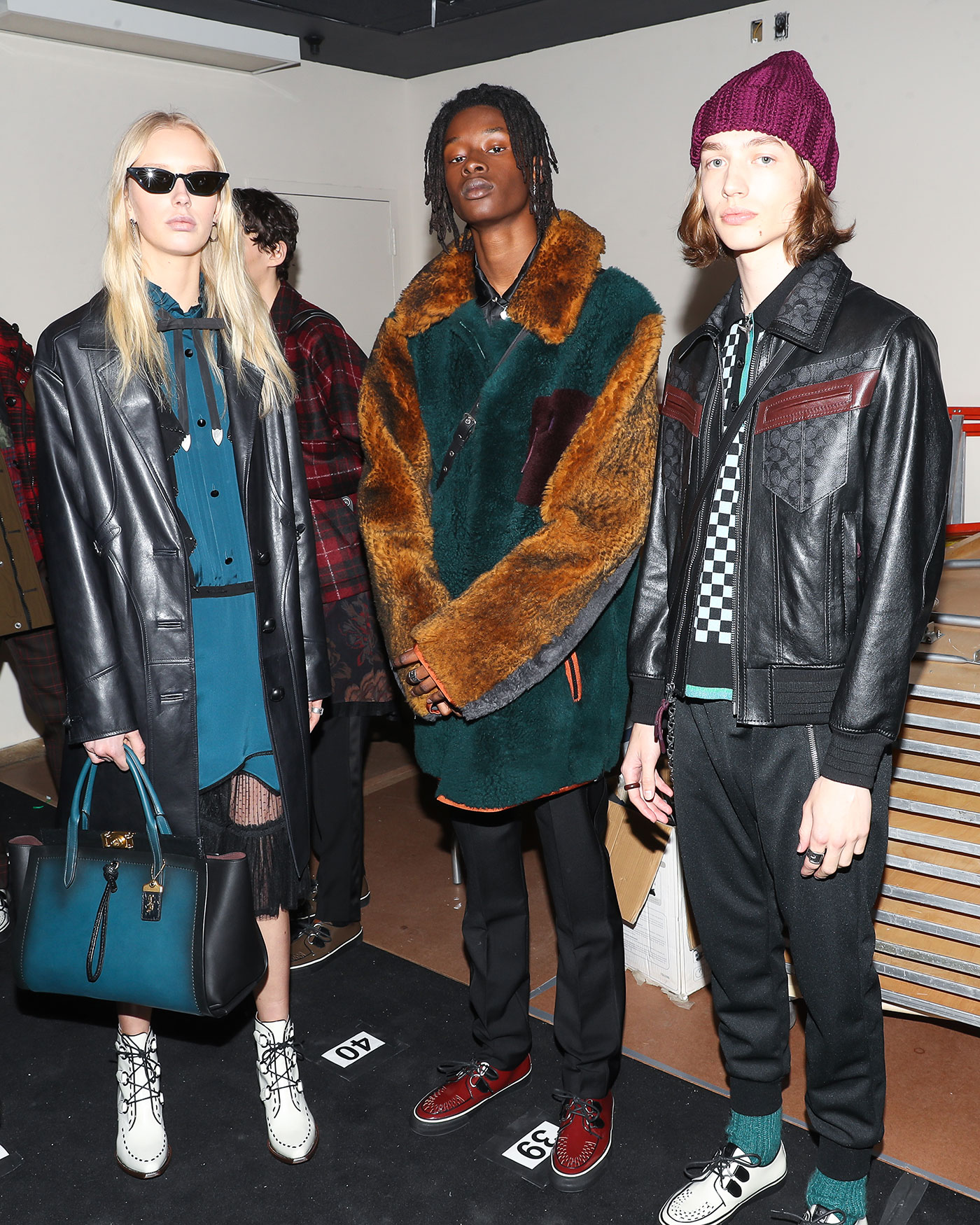
Coach’s annual turnover for 2018 hit a high of $4.22 billion and it goes without saying that Victor Luis, Tapestry’s formidable CEO, is anticipating that the AW19 collection will have a positive impact on the marque’s 987 global stores. “I was inspired to join Coach because I’d spent most of my career in the world of European luxury, and at the very high end of this [sector] too,” explains the seemingly unflappable Vevers, whose cool temperament suggests he takes pressure in his stride. “I felt a shift was happening in fashion. People call it the ‘casualisation’ of luxury, but I knew I wanted to explore this different way of dressing at an American house, because it felt more authentic. I wanted there to be an effortlessness to our ready-to-wear. I always say our dresses should feel like T-shirts; you should just be able to throw them on. At the end of the day, the reason why American style has influenced the world so much is because a lot of its style references come from sportswear or workwear, so they work for people’s lives today.”
Of course, it’s not just this ‘ease of wear’ or a palpable sense of optimism that has endeared Coach to notoriously fickle millennials and Gen Z-ers, it’s the label’s connectivity with his target audience that has done the trick. Each of Vevers’ collections flits between grown-up chic and a sense of playful innocence, creating a fresh and exciting tension between adulthood and childhood, a duality that reflects that sacred period between our mid-teens and late twenties, which just so happens to be the target age of Coach’s luxury consumer. Desirability for the Instagram age is best illustrated by the designer’s long-standing dinosaur icon named Rexy, who consistently finds her way onto best-selling accessories and sweaters. Rexy products have even branched out into a life of their own: Vevers recently asked a number of Chinese artists to reinterpret the cartoon logo for a one-off capsule collection. “Rexy came about when I was working on my first runway show [SS16],” he says. “We decided to put an image of a T-Rex on a sweater, but the nature of knitwear is that it blurs out the lines, so the dinosaur became less like a graphic and more like a character. She was an instant hit!”
There’s another reason why business is booming under Vevers’ leadership: Coach products – from purses, keyrings and handbags to more elevated luxury pieces such as $3,000 leather varsity jackets – have a collectible appeal, and this creates the hype that brings younger customers together. Consequently, the company has capitalised on the notion of an exclusive Coach ‘collective’ or ‘club’; a factor that has been instrumental in creating a strong social presence around the world, especially in China, which is Coach’s second largest market after the US. Indeed, according to the BCG study, 75 per cent of market growth for 2018-25 is expected to come from Chinese luxury consumers, meaning Coach is well placed to attract a substantial share of this affluent demographic in the near future.
It’s no coincidence, too, that Coach’s first-ever runway show in China (for Pre-Fall 2019) took place in Shanghai this June. In addition to this, Coach has invested in superstar ambassadors such as Chloë Grace Moretz, Selena Gomez and actor Michael B Jordan – the new face of Coach menswear – as well as Chinese teen idols including Wang Leehom, Timmy Xu and Guan Xiaotong, who indirectly managed to shut down one of China’s biggest social media platforms, Weibo, when her singer beau Lu Han announced their relationship on the app in 2017. Coach is a brand that responds to the voracious online appetite of today’s global youth culture. It streams exclusive interviews, special previews and fashion shows across its digital platforms (via Coach.com, Instagram, YouTube, and Weibo and WeChat in China); it creates targeted content and quick fire competitions through carefully curated hashtag campaigns; and it has implemented a ‘see now, buy now’ function to its broadcasts and live streams.
Also, crucially, the brand is greatly engaged in positive messaging about inclusion, diversity and sustainability within the workplace and beyond; and last year it pledged to go fur-free for Fall 2019 in response to growing concerns from customers. “One of the things I love about fashion is the speed and the pace of it,” confides Vevers. “You have to be a certain type of person to relish that, and I do.”
This is a telling insight into what makes this introspective designer tick. On a parting note, Vevers reveals another clue about his work ethic: “My personal motto is: work hard and be nice to people. Luella [Bartley, the accessories designer] had it on her studio wall, but it’s an attitude that also comes a lot from my own upbringing.’ So there you have it. He may be known as the ‘golden boy of American design’, but deep down Stuart Vevers is still very much the quintessential Englishman in New York.
-
 How climate change is affecting Christmas
How climate change is affecting ChristmasThe Explainer There may be a slim chance of future white Christmases
-
 The MAGA civil war takes center stage at the Turning Point USA conference
The MAGA civil war takes center stage at the Turning Point USA conferenceIN THE SPOTLIGHT ‘Americafest 2025’ was a who’s who of right-wing heavyweights eager to settle scores and lay claim to the future of MAGA
-
 The 8 best drama movies of 2025
The 8 best drama movies of 2025the week recommends Nuclear war, dictatorship and the summer of 2020 highlight the most important and memorable films of 2025